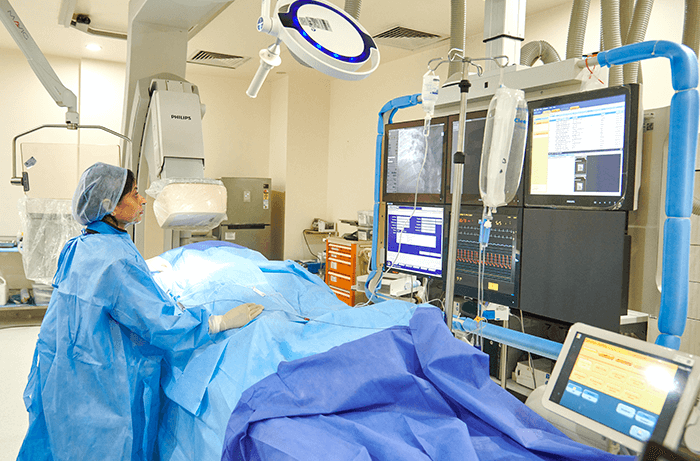×
Select Your Country
 International
International

×
Select Your Country
 International
International


Tumours in the spinal area are surgically removed. The most frequent tumour complication is metastasis, which damages the vertebral bones or compresses the spinal cord or nerves. Surgery is performed in these situations with the goals of fully decompressing the spinal cord to allow for neurological recovery and strengthening the spine column by placing pedicle screws and rods. Specimens can be submitted simultaneously for histopathology and immunohistochemical marker studies, which aid in determining the tumour's fundamental cause and enabling the appropriate course of chemotherapy or radiotherapy to be initiated.
Possible surgical procedures for spinal tumours
Possible surgical techniques to remove all or part of a spinal tumour depend on the nature and location of the tumour. They include:
Metastatic spine tumour surgery
It begins anywhere within the body and later shows metastasis to the spine which can be removed effectively through surgical procedures such as
En bloc Resection
The larger main tumours are completely removed in one piece if they are in the spine or close by. The preferred course of treatment for initial malignant bone tumours.
Spinal Embolization
Prior to surgery, imaging techniques are used to stop the blood supply to the tumour if the spinal tumour has a significant amount of blood cells in order to prevent blood loss. The tumour gets smaller as a result. First, spinal angiography, a diagnostic procedure, is carried out to provide an accurate image of the blood vessels in the spine. Blood vessels are detected using an X-ray after a contrast dye injection.
Radiosurgery (CyberKnife)
It is used to treat spinal cancers, and the tumour eventually goes away. Book an appointment today at our Neurology Hospital In India to know more about spinal tumors treatment.
Advantages
Following are some of the advantages for integrating the treatment in treating neurology related disorders:
Factors on which surgery for spinal tumours depends
The recommendation for surgery to remove the spinal tumour depends on a number of factors, including:
Type, size, and stage of the tumour.
Removal of benign or malignant tumour.
Reducing the size of the tumour.
Getting relief from the persistent neck pain or back pain.
Correcting the problems such as difficulty in maintaining balance, difficulty in walking, dysfunction related to bowel and bladder, etc.
Correcting the neurological deficits involving compression of the spinal cord or nerves.
Stabilizing the spine.
Treating spinal fractures.
Improving the spinal functioning and quality of life.
Recovery
Most patients receive rehabilitation therapy following tumour removal surgery in order to hasten healing and return to normal activities. As part of the on-going care, further treatments like radiation or chemotherapy may also be used if the tumour is cancerous or malignant. Spinal Tumors Surgery is available at Manipal Hospitals, visit today.